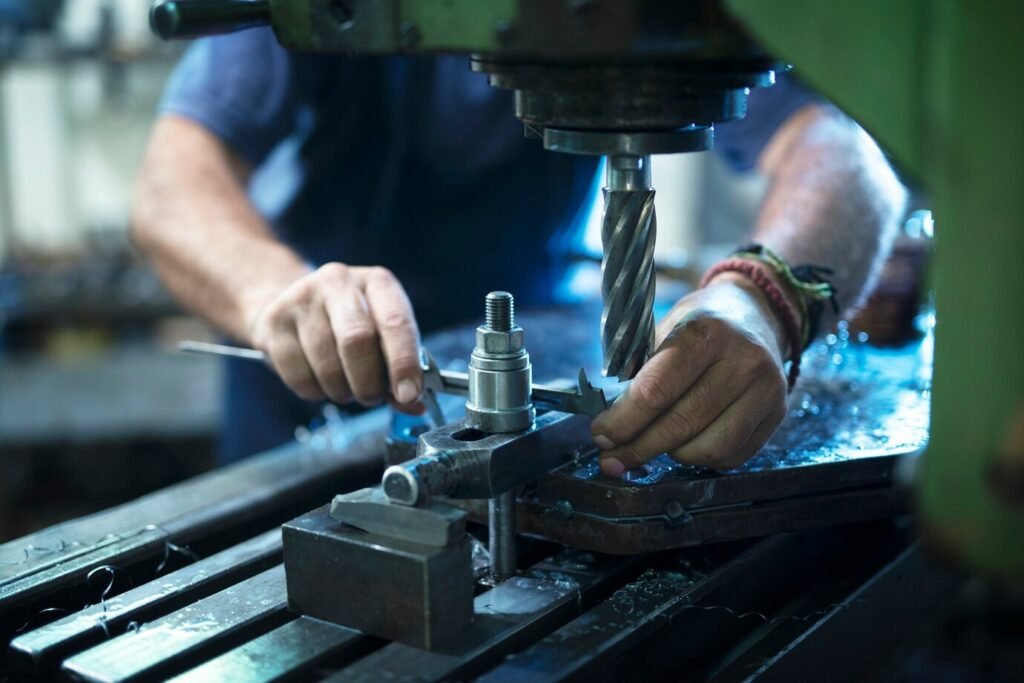Design and Engineering Services
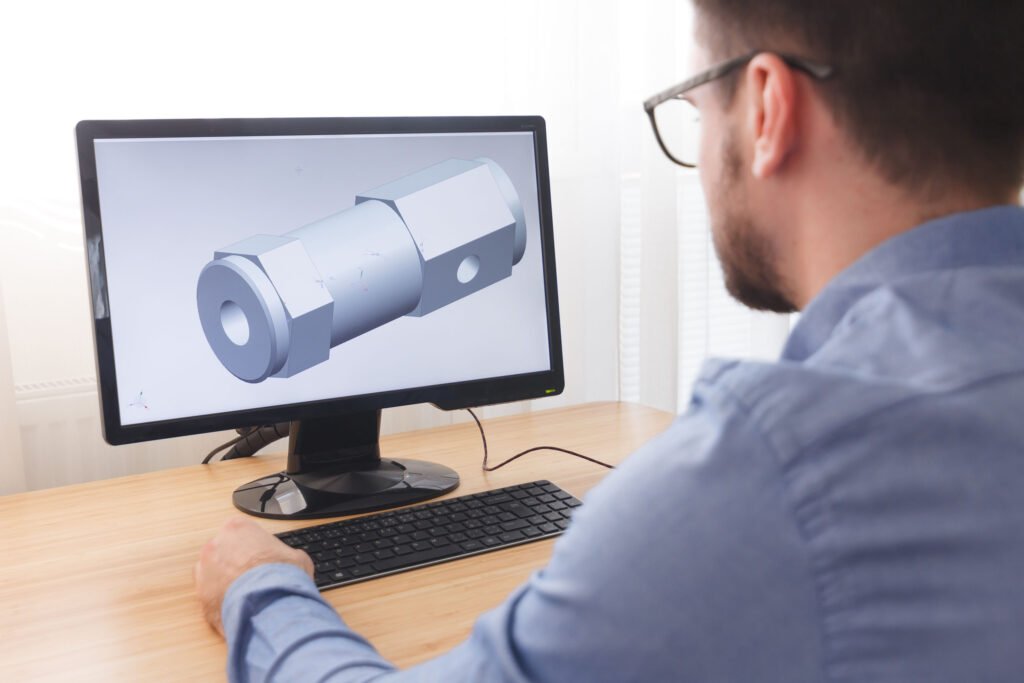
Computer-Aided Design (CAD) / Computer-Aided Manufacturing (CAM)
• CAD Renderings: Use of advanced CAD software to simulate and model parts and assemblies in detail and in three-dimensions to enable the manufacture of high-precision and reproducible components.
• CAM Programming:
Use of CAD renderings to develop CNC machining algorithms to ensure the production of high-precision metal components.
Design for
Manufacturability (DFM)
• Process Optimization: Rigours review of designs to optimize manufacturing processes while maintaining the highest standards of quality.
• Cost Reduction: Identify opportunities for
the reduction of manufacturing costs without compromising on quality or performance.
• Rapid Prototyping:
Production of prototype components using processes such as 3D printing to validate designs prior to full-scale production.
• Low-Volume Production:
Small batch production runs to support testing, development, and early product release cycles.
• Finite Element Analysis (FEA):
Rigorous analysis of the structural integrity of prototypes and low-volume production parts using FEA under various conditions.
• Stress and Fatigue Testing:
Ascertain prototype and component integrity under operational loads over the design lifecycle through rigorous stress, fatigue, and other testing.
Prototyping and Development
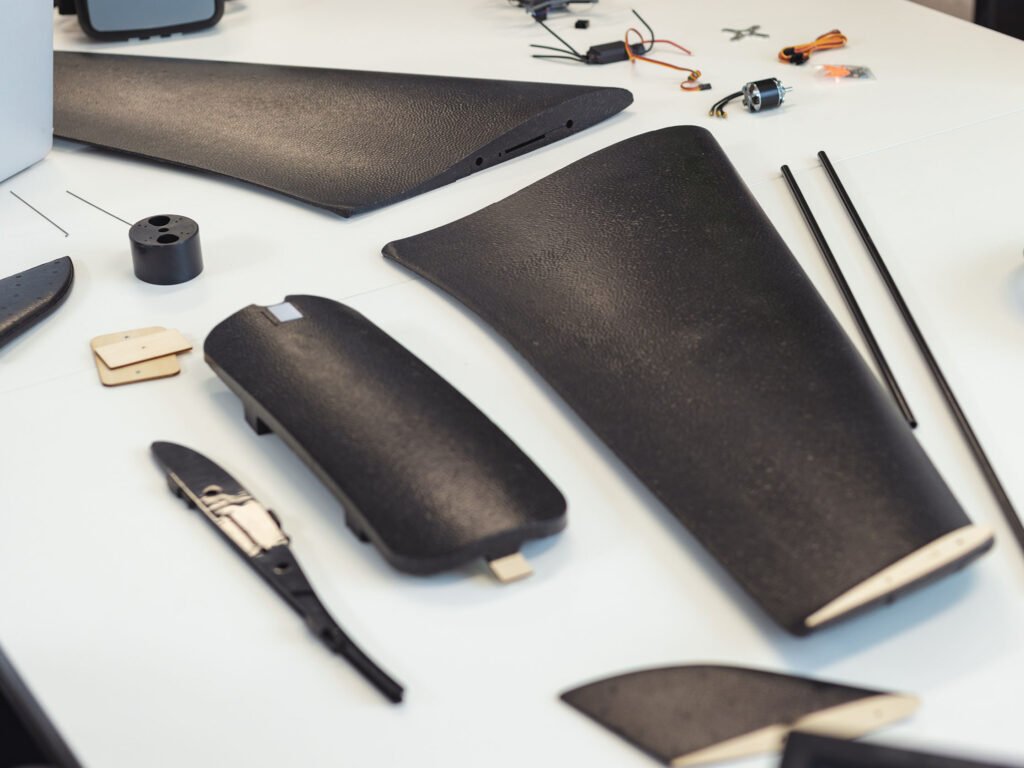
Tooling Design and Manufacturing
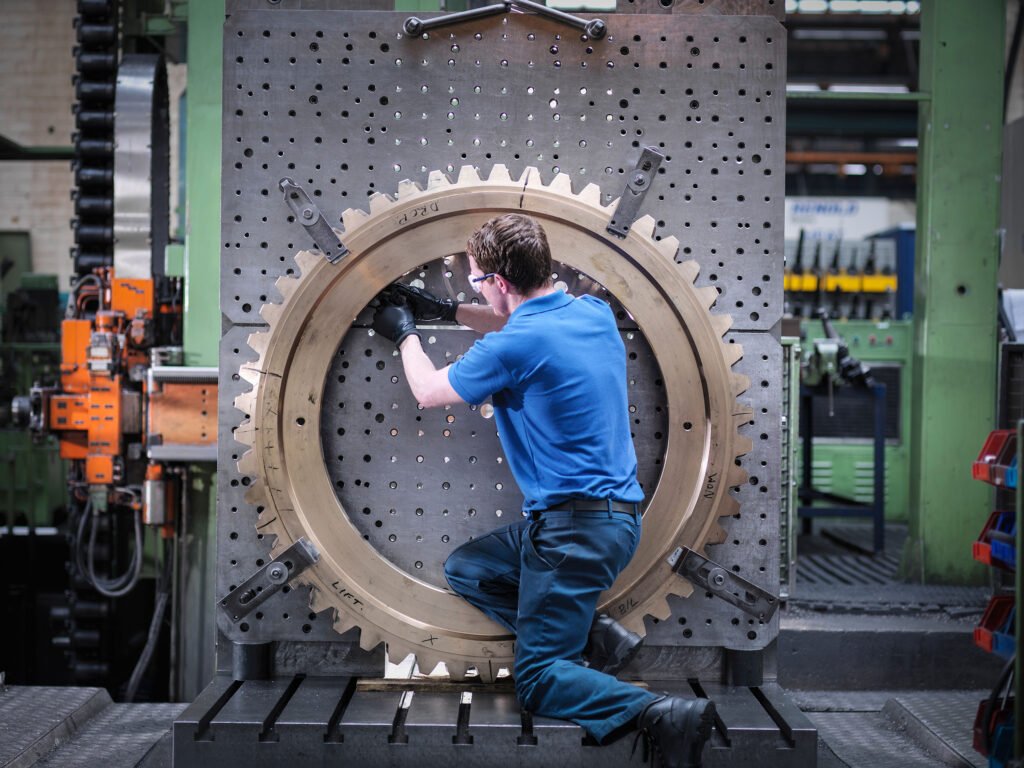
• Custom Tooling Design:
Fabrication of specialized high-precision tools – such as jigs, fixtures, molds, and dies – designed to enhance manufacturing efficiency and precision.
• Tool Calibration and Maintenance: Ensure optimal performance and production runs with rigorous checks on tools.
• Tool Repair:
Restoration and repair of tools to extend service life and maintain high-precision and manufacturing consistency.
• 3-Axis, 4-Axis, and 5-Axis CNC Machining:
Production of complex, multi-dimensional and high-precision custom components for various applications, including aviation, aerospace, and automotive.
• CNC Milling and Turning:
High-precision machining processes to manufacture aerospace parts with exact dimensions. Production of high-precision milled and/or turned custom components for various applications, including aviation, aerospace, and automotive.
• Tight Tolerances:
Ensure fabrication of components that meet the strictest specifications, tolerances, and standards in the applicable industry.
• Materials:
Production of high-precision components using various materials including aluminium, stainless steel, titanium, Inconel, and other high-performance alloys.
• Production Runs:
High-Volume Production: Efficient, repeatable processes for large production runs, Meeting customer demand through cost-effective and efficient low-volume or high-volume production runs.
CNC Machining of Metal Components
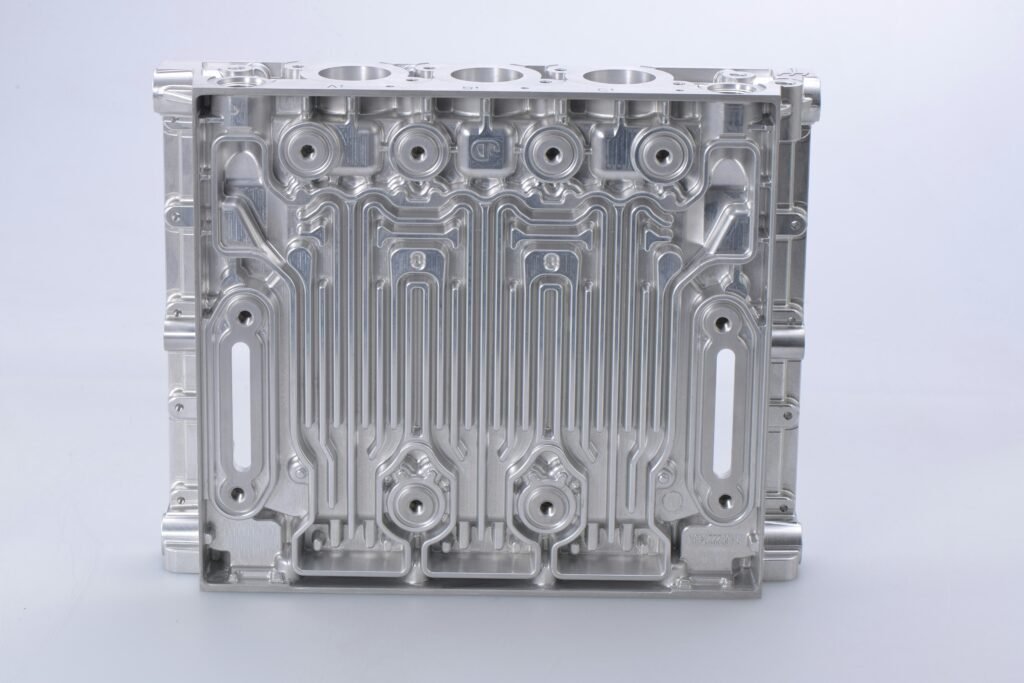
Fabrication and Assembly of Metal Components
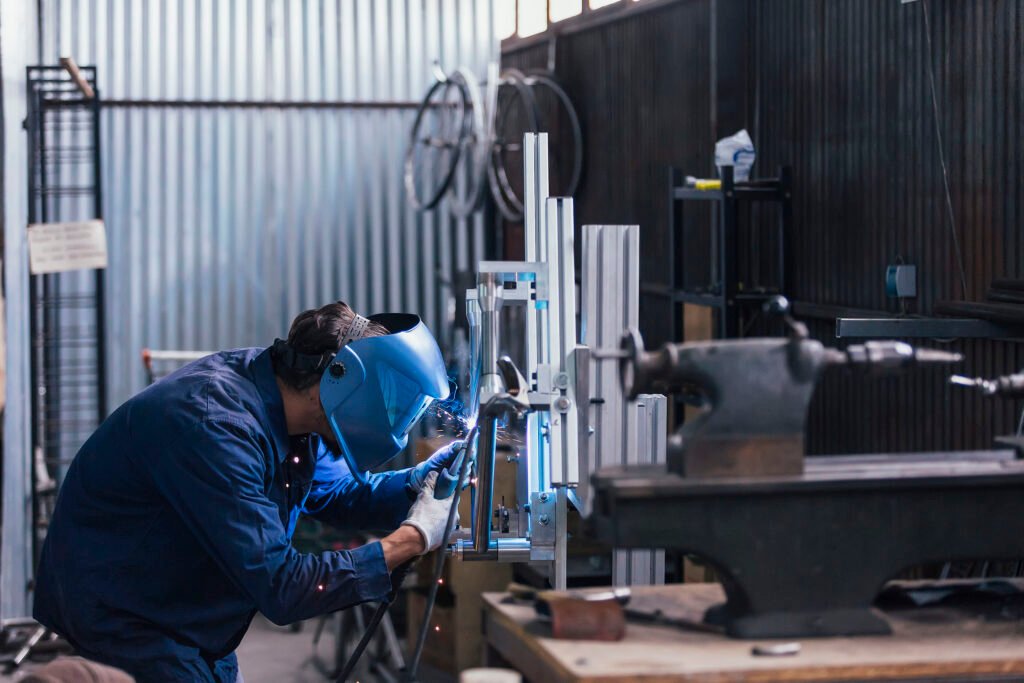
• Laser Cutting:
Precision cutting of metal parts with high-powered lasers to produce components with clean and very precise cuts with minimal wastage of material.
• Waterjet Cutting:
Non-thermal precision cutting of metals, composites, and/or plastics with high-power water jets to efficiently and cost-effectively produce precision components.
• Welding & Riveting:
Joining metal components with high-quality welding and/or riveting processes to fabricate parts for the aviation, aerospace, automotive, and other industries.
• Mechanical & Electro-Mechanical Assemblies:
Integration of complex components to create functional assemblies, including electrical, hydraulic, and mechanical systems.
• Full System Integration:
Assembly of fabricated subsystems into larger systems by ensuring compatibility and functionality.
• Functional Testing:
Ensuring all assemblies meet the operational and safety requirements through rigorous testing.
• Custom Fabrication:
Production of tailored composite components using carbon fibre, fibreglass, Kevlar, and/or other composite materials designed to meet specific client requirements.
• Resin Infusion:
Vacuum-assisted resin transfer processes for the production of light-weight and high-quality moulded composite parts.
• Hand Lay-ups:
Manual resin application processes for the production of cost-optimized and/or complex high-precision composite assemblies.
• Autoclave Curing:
Use of advanced curing processes employing heat and pressure in variously sized autoclaves to fabricate advanced and high-quality composite components for the aviation, aerospace, automotive, and other industries.
Fabrication of Composite Components
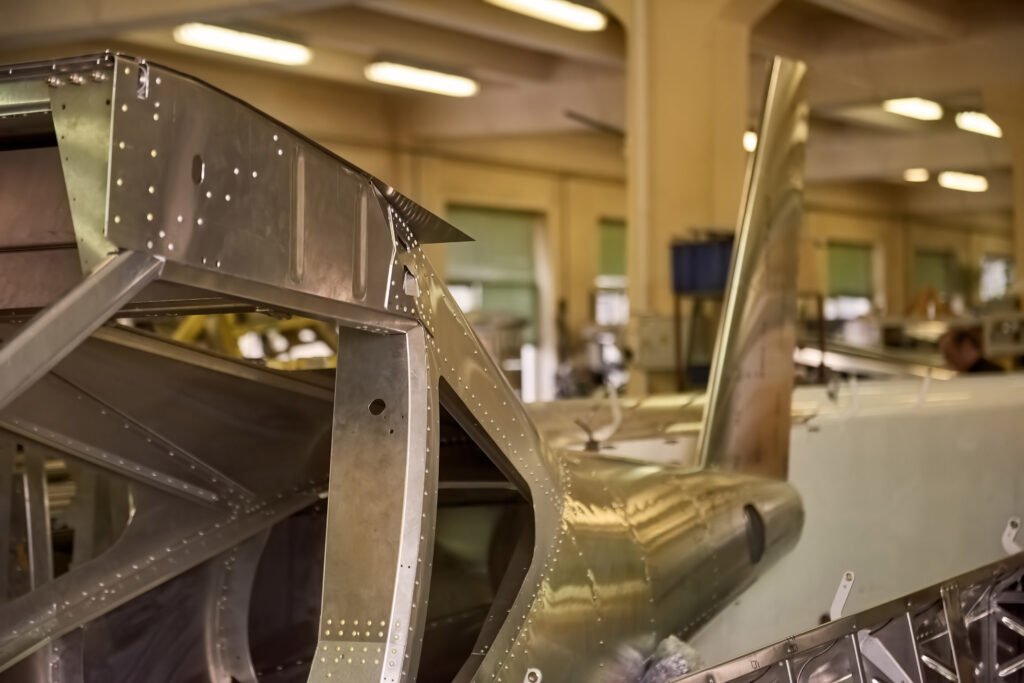
Surface Treatment and Coatings
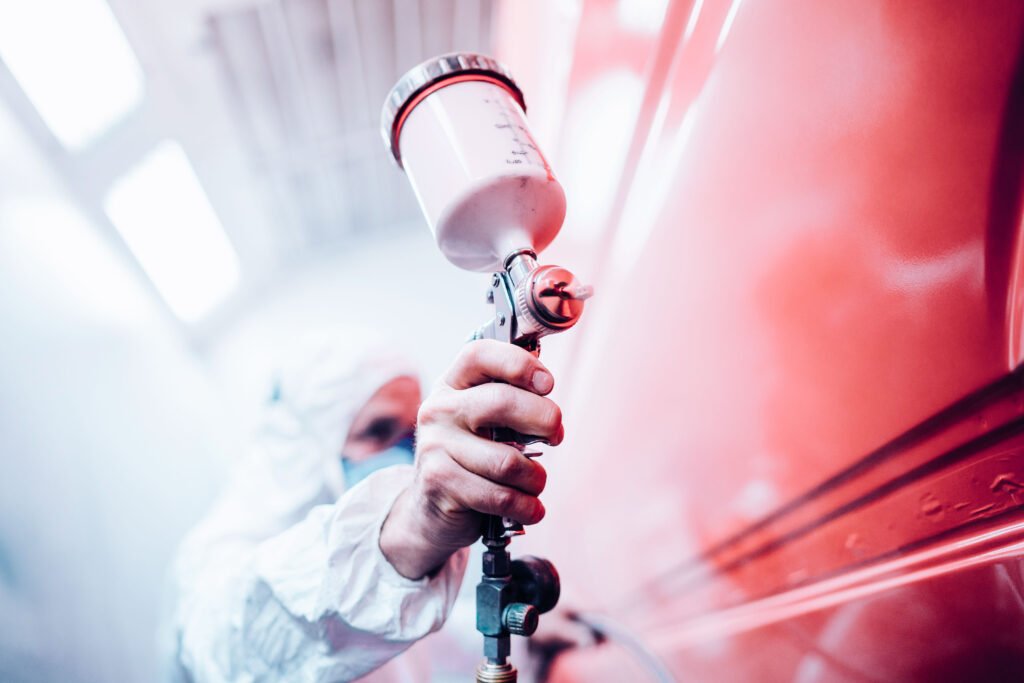
• Anodizing:
Electrochemical treatment to enhance the thickness of the natural oxide layer on metals to improve corrosion resistance and wear resistance.
• Electroplating:
Electrochemical surface deposition of metal layer on metal components to enhance conductivity, corrosion resistance, and/or appearance.
• Protective Coating:
Application of paints and/or electrostatic powder coatings s to protect surfaces of metal parts from corrosion, abrasion, and/or environmental damage.
• Thermal Coatings:
Application of specialized thermal spray coatings to protect metal and/or composite parts exposed to high temperatures or thermal wear.
• Non-Destructive Testing (NDT):
Ensuring structural integrity without compromising materials through ultrasonic, radiographic, and dye penetrate inspections.
• Material Analysis:
Conducting in-depth composition testing to guarantee strength, durability, and performance compliance with aerospace regulations.
• Environmental Stress Evaluations:
Simulating extreme conditions such as thermal cycling, vibration, and humidity exposure to assess component reliability.
• Technical Inspection Services (TIS):
- Dimensional Inspection –
Using high-precision measurement systems to verify manufacturing tolerances. - Surface Finish Analysis –
Ensuring optimal aerodynamics and wear resistance. - Assembly Verification –
Comprehensive testing of integrated systems to validate functionality and compliance.
Testing and Quality Control
